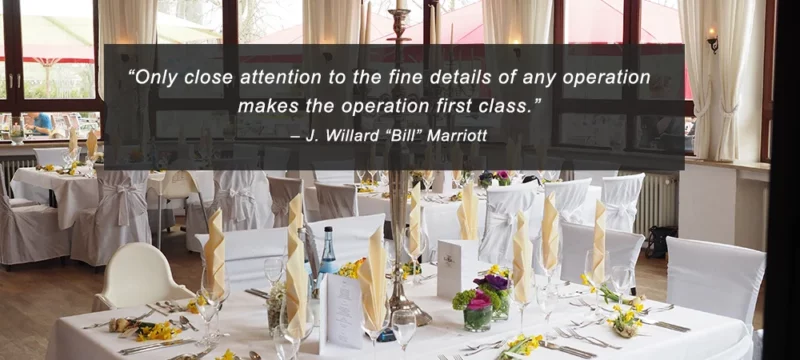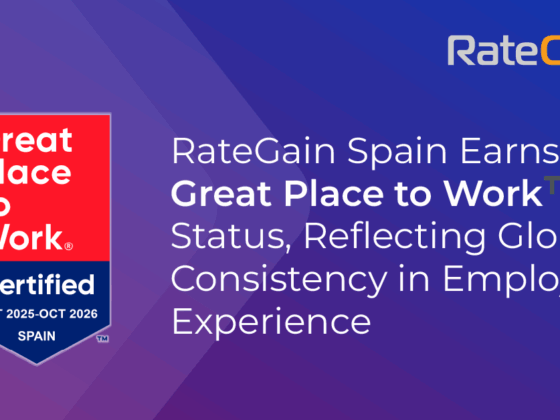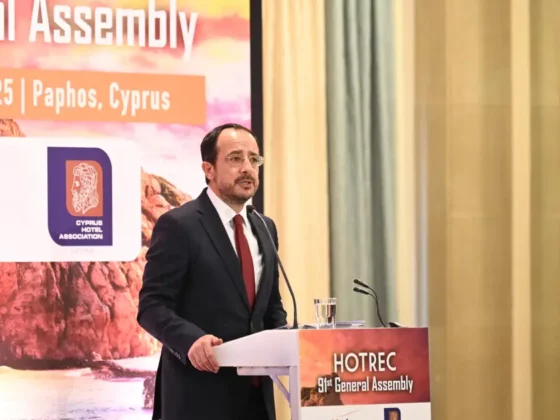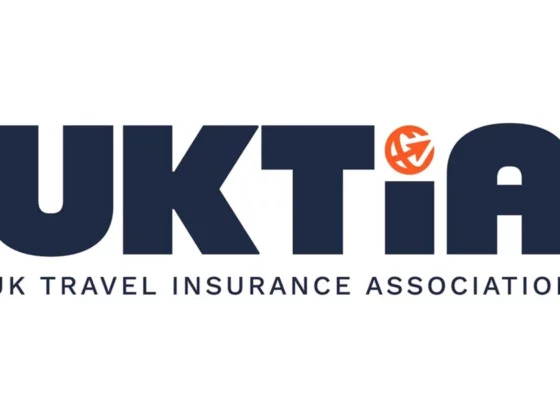
In recent years, the increasing use of artificial intelligence has transformed many stages of the hiring process. Among these recruitment tools, Applicant Tracking Systems (ATS) have become particularly widespread, offering organizations a way to manage high numbers of applications more systematically. These systems are designed to streamline recruitment by filtering and ranking candidates, but their growing influence also raises considerations regarding their reliability and limitations for both recruiters and job seekers. Can all the qualities that make someone suitable for a role really be captured by such systems?
The Challenge of Modern Recruitment
Successful hiring is one of the toughest challenges organizations face, largely because so much uncertainty surrounds the selection process. This uncertainty comes in many forms: the risk of overlooking strong candidates, doubts about whether shortlisted applicants truly fit the requirements, or concerns that bias may slip into the process. Online job platforms, while designed to make applying easier, have also multiplied the number of applications recruiters must deal with. More candidates mean more “what ifs” and so, more time and resources needed to run a fair and efficient process. Recruitment tools such as ATS were developed precisely to address these challenges.
ATS make it possible to centralize applications and track them throughout the entire recruitment journey, from initial submission to a potential contract offer. Beyond simply storing applications, these systems now include filtering tools that vary in sophistication depending on the company and platform. For recruiters, this means less time spent manually sifting through piles of CVs and more consistency in how applications are assessed. Their role is to reduce the uncertainty of hiring and move beyond simple keyword searches toward predictive tools that estimate which candidates are most likely to succeed.
ATS offer three main levels of sophistication when it comes to screening candidates.
- The most basic feature works like a search engine. Recruiters can look for keywords in applicants’ documents, for example, “Python” or “Excel” for a data analyst position.
- A more advanced feature compares the job posting with the applicants’ documents by identifying key terms in the ad and matching them with candidate profiles. If the ad emphasizes project management, for instance, the system highlights candidates who mention leading projects or managing teams.
- The most advanced feature takes a predictive approach, going beyond skills to assess whether candidates are likely to fit the organization’s culture and values, often by drawing on data from previous successful hires. For example, if collaboration is highly valued, the ATS may prioritize applicants whose experience resembles that of past employees who have thrived in team-oriented roles.
Potential and Limitations of Applicant Tracking Systems
ATS have great potential as a first filter to go through high volumes of applications with speed and consistency. In that respect, these systems are highly valuable as they give the same level of attention to all applicants. However, one of the key challenges lies in the material that these systems are working with, i.e., the candidates’ resumes and cover letters. Research has shown over years the limited predictive validity of what candidates submit as documentation.
This grey area is due to the fact that resumes and cover letters are not standardized documents. Each candidate has full liberty when it comes to describing their curriculum and experience, leading to a great level of variability in terms of the terminology used, the detail with which experiences are described, and the overall accuracy of what is featured (ranging from modesty to overstatement). All these elements have a strong impact on what an algorithm can “extract” from candidates’ documents and what evaluations can be made.
This represents even more of a challenge for positions that do not have a specific profile or curriculum associated with them. If you are hiring an aeronautic engineer, the requirements are straightforward: the person should have an engineering degree and some experience in a clearly identified field with appropriate certification. On the other hand, if you are hiring a community manager or a customer experience specialist, the boundaries of the role are often blurred: there is no single academic path leading to it, the relevant skills can be acquired through diverse experiences, with soft skills – harder to prove in a resumé – playing a more important function. In brief, the clearer the job profile, the more effective ATS can be; the more fluid the role, the greater the risk that crucial qualities will be overlooked.
Examples of Best Practices with ATS
Nowadays, ATS are increasingly becoming part of standard hiring practice in many organizations. Realistically speaking, both managers and candidates have to adapt to this digital hiring innovation and make use of its most beneficial aspects. While the technology is here to stay, it does not have to dictate outcomes. Understanding how ATS operate and applying a few concrete precautions will help both sides get the best from these systems while minimizing their blind spots.
For Managers
It is critical to frame how ATS can provide a selection of “best matches” for a job. What are the criteria that matter, what is being taken into account, who is being discarded and on what ground? One of the main risks for managers is to take for granted the results of the matching algorithm and to overlook candidates with great potential because of their unconventional profile. It’s worth getting into the habit of challenging the output and intentionally look for unconventional profiles to broaden the perspective of selection.
It is also fundamental to keep the ATS output as a first filter, and a first filter only. No decision can be made on the basis of this output alone. Other selection methods with greater predictive validity such as structured interviews or work-sample tests should be used to reduce uncertainty. The hiring process must be approached from multiple angles to identify the best applicant for the job.
For Candidates
Understanding that your resume is highly likely to be processed by AI is key. This means that you should cater to two audiences: an algorithmic one and a human one, with different expectations in terms of layout, content and keyword use. Something else to keep in mind is that people (or algorithms) reading your resume are not familiar with your experience and your profile. Hence, make sure that your resumé can be understood by anyone and that no further knowledge or inferences are required to make sense of its content. In other words, avoid ambiguity at all costs!
A final reminder is that ATS only represent the first filter, whereas your documents stay with you throughout the whole selection process. This means that overstating your competences and achievements might get you through the first filter but will most likely create false expectations at a later stage of the selection process. Needless to say, candidates’ documents should be as exhaustive and accurate as possible.
Balancing ATS Benefits with Human Hiring
Applicant Tracking Systems are powerful resources for managing large applicant pools and providing a consistent first filter of candidates. Yet their value depends on how they are used. For hiring managers, this means treating ATS as a helpful assistant rather than a final decision-maker. For candidates, it means preparing documents that are both algorithm and human-friendly. Ultimately, the most effective hiring decisions will always combine the efficiency of technology with the nuance of human judgment. As with most tech-driven innovation, it often comes down to a question of balance and a good dose of critical thinking.
References
Vásquez-Rodríguez, L., Bertrand Audrin, S. M., Galli, S., Rogenhofer, J., Cusa, J. N., & Van Der Plas, L. (2024). Hardware-effective Approaches for Skill Extraction in Job Offers and Resumes. RecSys in HR, 24, 1-12.
Vásquez-Rodríguez, L., Audrin, B., Michel, S., Galli, S., Rogenhofer, J., Cusa, J. N., & van der Plas, L. (2025). A Human Perspective to AI-based Candidate Screening. 58th Hawaii International Conference on System Sciences (HICSS). Hawaii, US.
Vásquez-Rodríguez, L., Audrin, B., Michel, S., Galli, S., Rogenhofer, J., Negro Cusa, J., & van der Plas, L. (2025). Soft skills in the wild: Challenges in multilingual classification. Proceedings of the 10th edition of the Swiss Text Analytics Conference.
EHL Hospitality Business School
Communications Department
+41 21 785 1354
EHL









